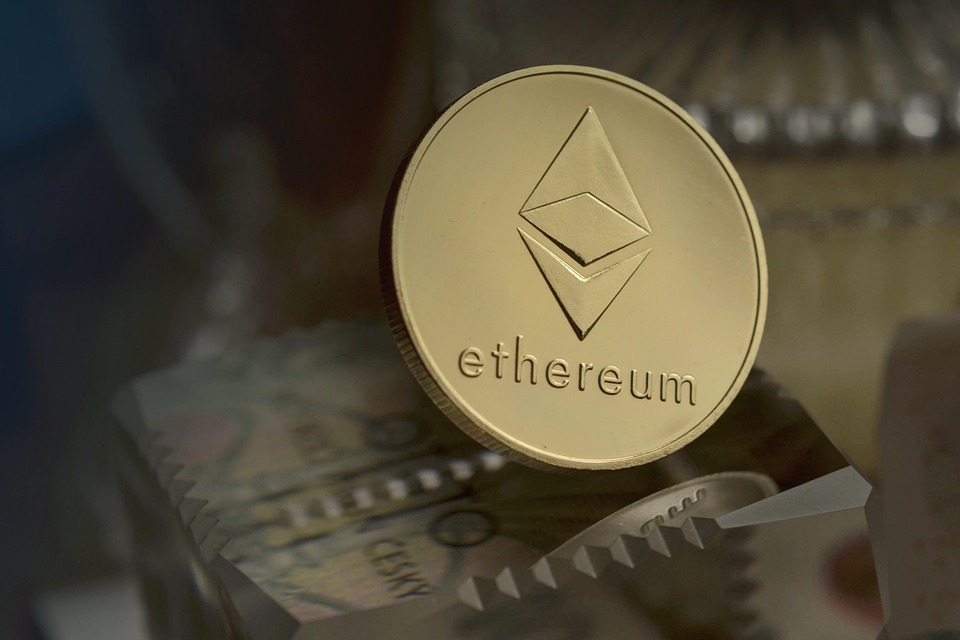In the past few years, the art world has experienced a seismic shift, largely catalyzed by the rise of Non-Fungible Tokens (NFTs). These unique digital collectibles have redefined ownership and creativity, particularly in the realm of art. At the heart of this revolution is Ethereum, a decentralized blockchain platform that has emerged as the primary infrastructure for NFT creation, trading, and ownership. This article explores the meteoric rise of NFTs, their implications for the art world, and how Ethereum has become the backbone of this digital phenomenon.
Understanding NFTs
Non-Fungible Tokens, or NFTs, are digital assets that represent ownership of a unique item or piece of content on the blockchain. Unlike cryptocurrencies, which are interchangeable (fungible), NFTs are one-of-a-kind and cannot be replaced with something else. This uniqueness is what gives NFTs value, particularly in art, music, gaming, and collectibles.
When an artist creates an NFT, they essentially mint a token on the blockchain that includes metadata linking it to their artwork. This token serves as a certificate of authenticity, proving that the digital piece is original and owned by a specific individual. The implications of this capability are profound, especially in an era where digital art was often dismissed or easily replicated.
The Ethereum Advantage
While NFTs can technically be created on various blockchains, Ethereum has taken the lead, hosting the vast majority of NFT marketplaces and projects. Here are a few reasons why Ethereum has become synonymous with NFTs:
1. Smart Contracts
Ethereum introduced the concept of smart contracts—self-executing contracts with the terms of the agreement directly written into code. This allows for complex transactions without intermediaries, providing artists with more control over how their work is sold and who owns it. For example, an artist can program royalty payments directly into the smart contract, ensuring they receive a percentage every time their work is resold.
2. Established Ecosystem
Ethereum boasts a robust ecosystem of developers, artists, and collectors. Major NFT marketplaces like OpenSea, Rarible, and Foundation operate on the Ethereum blockchain, providing artists with platforms to showcase their work and engage with buyers easily. This established infrastructure supports liquidity and offers artists a broader audience than what they might find in traditional art markets.
3. Composability
The Ethereum platform allows NFTs to be easily integrated with various applications and projects. This composability enables new experiences, such as virtual galleries, Metaverse integrations, and augmented reality experiences. Artists can collaborate across platforms and genres, creating a rich, interconnected ecosystem that fosters innovation.
Impact on the Art Market
The rise of NFTs has transformed the art market in several key ways:
1. Democratization of Art
NFTs have lowered the barriers to entry for both artists and collectors. Digital artists, often sidelined in traditional art markets, can now reach international audiences and sell their work directly to collectors. This democratization not only empowers artists but also gives collectors the opportunity to discover diverse, often underrepresented voices in the art world.
2. New Revenue Streams
For artists, NFTs present a new way to monetize their work. The ability to embed royalties into smart contracts means that they can earn from secondary sales, something traditional art markets rarely accommodate. This shift allows artists to benefit sustainably as their work gains value over time.
3. Authenticity and Provenance
In a world where digital copies are ubiquitous, NFTs provide a solution for validating authenticity and tracking provenance. Collectors can confidently purchase art knowing its history and ownership are securely recorded on the blockchain. This added layer of trust bolsters the confidence of both buyers and creators.
Challenges and Criticisms
Despite its rapid rise, the NFT space is not without challenges. Environmental concerns over the energy consumption of Ethereum’s proof-of-work consensus mechanism have led to criticism regarding the carbon footprint associated with minting and trading NFTs. Furthermore, issues of copyright infringement and the commodification of art have sparked debates within the community.
However, Ethereum is undergoing a significant transition to a proof-of-stake consensus mechanism known as Ethereum 2.0, which aims to reduce its environmental impact dramatically. This transition may alleviate some concerns while paving the way for a more sustainable future for NFTs.
Conclusion
The rise of NFTs represents a revolution in the art world, fundamentally altering how artists create, share, and monetize their work. Powered by Ethereum’s innovative blockchain technology, NFTs have democratized art ownership and created new opportunities for artists and collectors alike. As technology continues to evolve, the future of digital art holds limitless potential. The art market may never return to its former state, and as we navigate this new landscape, one thing is clear: the digital revolution is just getting started.


